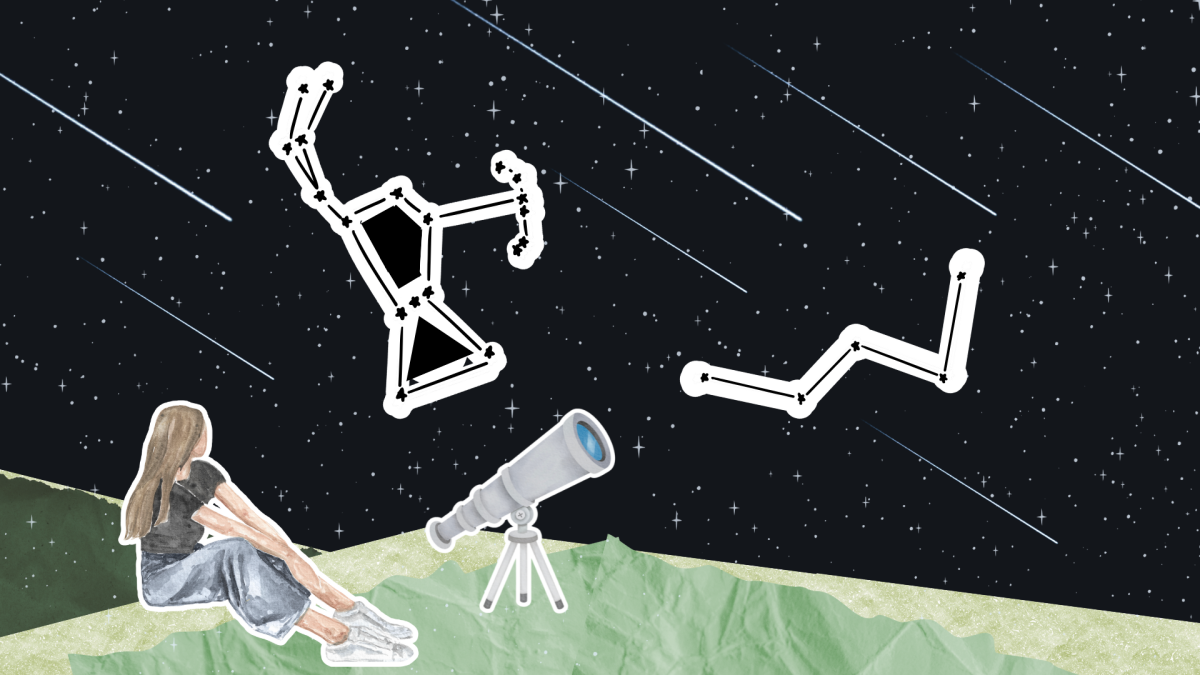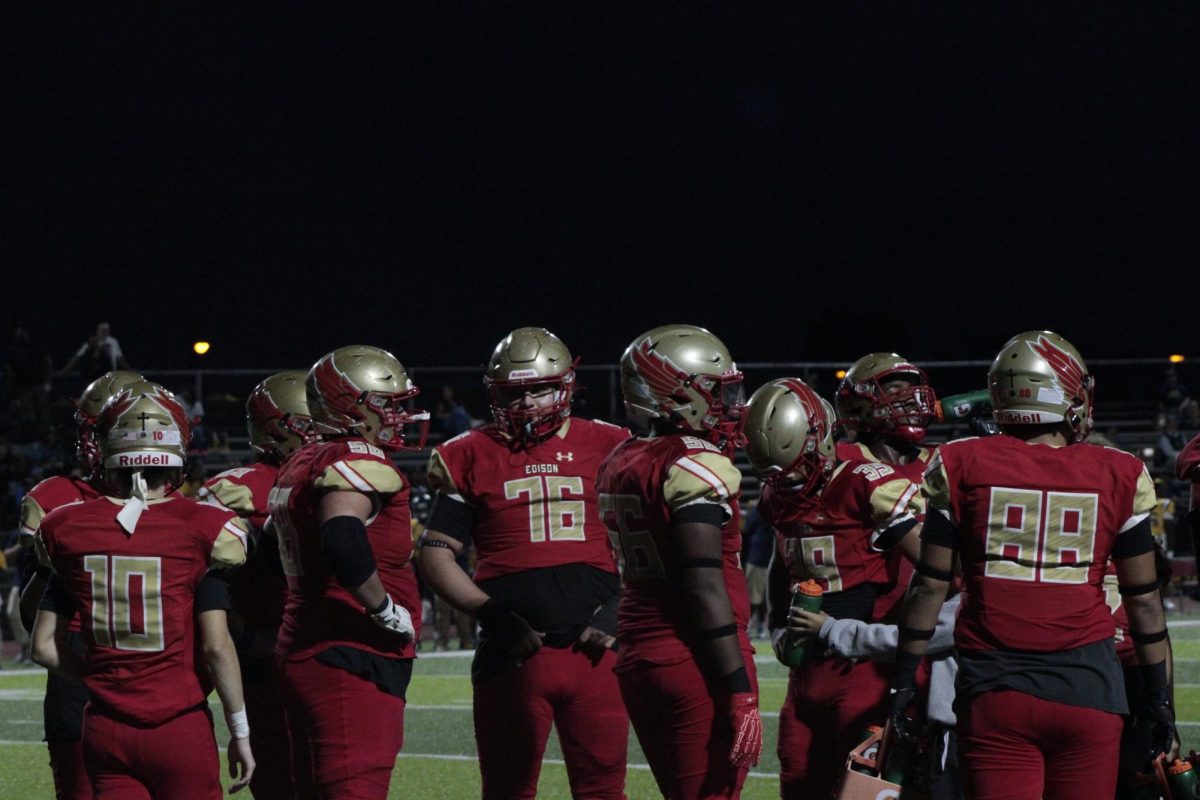Have you ever wondered what Afghanistan was like during the Taliban? In The Kite Runner by Khaled Hosseini, published in 2003 by Riverhead Books, the Afghan-American novelist paints a beautiful picture of the memories and tragedies that many Afghan people faced during the 1970s. In 371 pages, through the lens of unforgettable characters, Hosseini portrays the immense complexity of friendship, betrayal, and redemption, creating a symphony of emotions throughout the book.
The doctor-turned-writer Hosseini creates a tale that resonates with readers long after the final page is turned, attaching you to the intricate characters and their flaws. One of the most striking aspects of this book is Hosseini’s ability to portray the look and feel of Afghanistan during the reign of the Taliban. The hauntingly realistic details of the settings gives the reader a connection to Amir and Hassan’s home growing up in Kabul. Through his descriptive words— “My father’s car, the walls, the trees, the rooftops, and the hills buried under a foot of snow. I smile. The sky is seamless and blue, the snow so white my eyes burn.” —readers are taken to the snowy streets of Kabul, where the joyful memories of past glories in Afghanistan blend with harsh realities of the heartbreaking present. From the Soviet invasion to the rise of the Taliban regime, Hosseini uses a variety of characters like Assef, who is introduced in the beginning of the book to depict the inhumanity of humans along with the violence that took place during this time period.
Lying at the heart of the story is the complex relationship of Amir, the rich yet privileged son of a wealthy man, and Hassan, the poor yet good-natured son of Amir’s servant. Secured by the bond that was created in their childhood, their friendship is a testament to the power of loyalty in best friends— “For you, a thousand times over!” However, beneath the surface of that friendship is a web of lies and betrayal.
Adding on to the relationships in this book, Hosseini cleverly creates a dynamic between Amir and his father, which builds upon the plot and depth of the story. As the cold, stoic exterior of the father contrasts with the sensitive, compassionate nature of his son, it creates a fitting tension characteristic of a well developed book. From the beginning, Amir yearns for the approval and affection of his father, but with his father’s high expectations for him, Amir often feels overshadowed.
Hosseini weaves both betrayal and forgiveness as recurring themes in this novel as Amir’s character arc. Diving deeper into the book, readers see Amir grow as a person, son and friend. The character development gives the book a relatable and deep meaning that resonates with a lot of people. The line on the first page— “There is a way to be good again.” —pulls you in to turn the next page.
The book’s bittersweet ending leaves a lasting impact as Hosseini skillfully navigates the balance between resolution and ambiguity. The lingering sense of unfinished words between Amir and Sorabh who comes later in the book, serves as a reminder from Hosseini that some wounds never fully heal. From a tale of everlasting brotherhood to the complexities of heart-wrenching betrayal, it is the unresolved tension that elevates The Kite Runner.

















































































